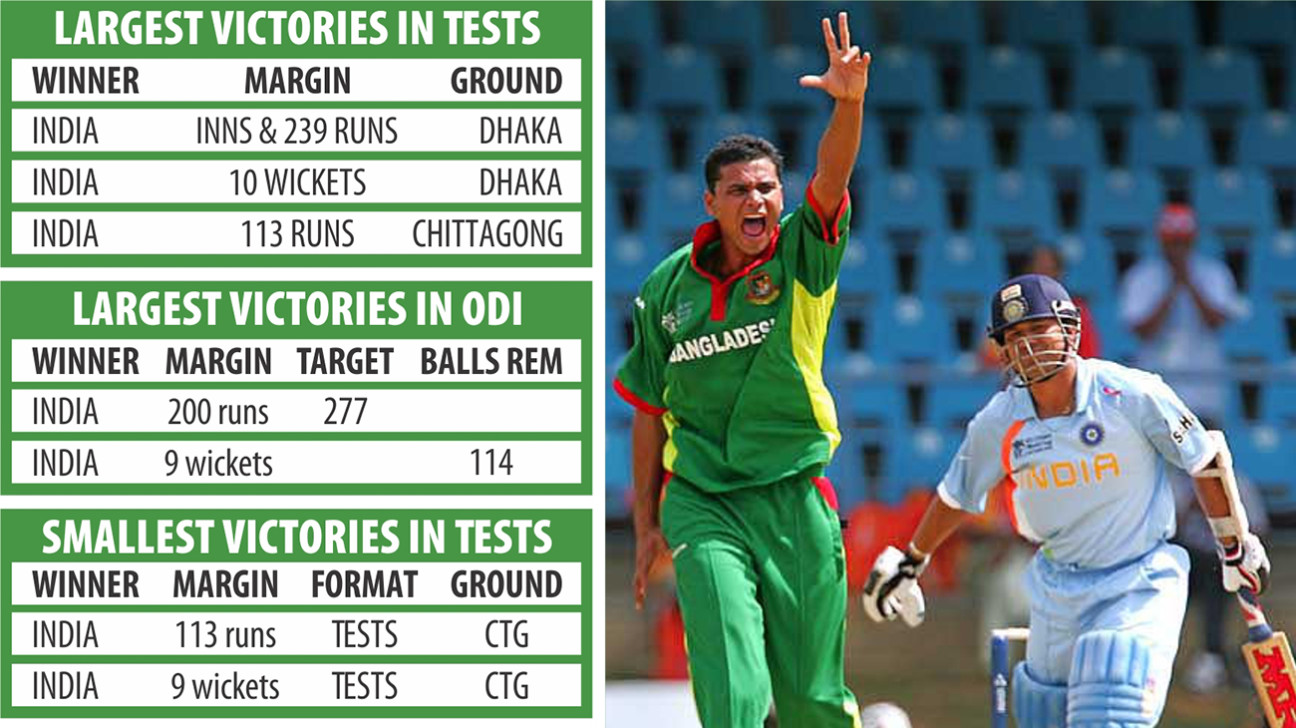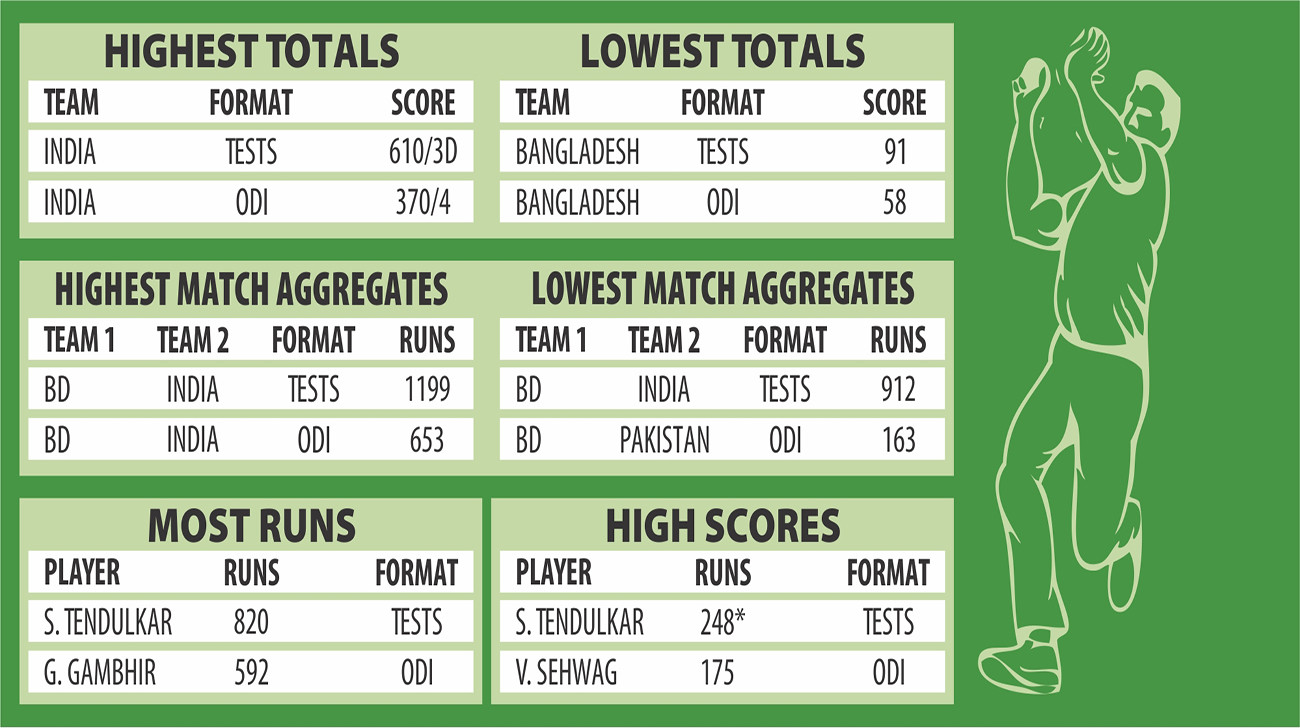HERITAGE TOURISM

Accounts of Chinese Buddhist pilgrims and many literary and
epigraphic records regarding Bengal between the 5th and 7th centuries
paint an incredible picture in the mind. According to Dr. Nazimuddin
Ahmed's book, 'Discover the Monuments of Bangladesh', they talk of
temples, palaces, monasteries and stupas as "high as mountain peaks",
obstructing "the very course of the sun with its lofty and imposing
towers…" Even Vedic literature mentions the peoples or clans living in
Bengal: the Pundras, Vangas, Suhmas, etc.

ARCHAEOLOGICAL sites such as Mahasthangarh -- which date back to at
least the 3rd century BC -- are vestiges of a glorious past.
Bengal
has seen the rise and fall of numerous powerful empires and eras: the
Guptas, Palas, Senas, Sultans, Mughals, etc. Along with land seekers,
there were fortune seekers and missionaries who came to Bengal from
far-off lands and made it their own: the Portuguese, Dutch, French,
Armenians, Greeks and so on.
Therefore, Bangladesh has a rich and diversified legacy, a heritage to be proud of.
And all over the world, tourists are interested in seeing and
experiencing the heritage a land holds. "Globally, tourism is one of the
growing industries, and heritage tourism is a promising subset," said
Syed G Qadir, the Managing Director of a tour agency, Wonder Ways Ltd.
Qadir, drawing from his long years of experience in this sector, said,
"In Bangladesh, the growth is much lower than what it should have been."
Why is it that? With the rich history our country offers, heritage
tourism should have been booming. There are some challenges to be faced
if we want to unlock the 'potential of our past'.
But first, what is heritage tourism? Borrowing a definition from the
National Trust for Historic Preservation in the USA, heritage tourism is
"travelling to experience the places, artefacts and activities that
authentically represent the stories and people of the past." The scope
includes "cultural, historic and natural resources."

The importance of heritage tourism lies in the mindset of today's
travellers. People do not just want to go to a place (historic or
otherwise) and simply do some sightseeing. Today's curious tourists are
driven by knowledge and experience. They want to understand the
significance of a place and the story behind it, and seek to participate
in the activities and festivals of the locals.
Hence, culture is heavily linked to heritage tourism. After all, a
region or community does not only inherit monuments and artefacts, it
also receives belief systems, practices and ceremonies from the
forefathers.
UNESCO has enshrined Bangladesh's 'Baul songs' and 'traditional art
of weaving Jamdani' in its Representative List of the Intangible
Cultural Heritage of Humanity. With such assets, heritage tourism could
be a very prosperous angle to tourism in Bangladesh.
A major setback is the political instability. Consider the chaos and
violence our nation is currently going through. More or less, every
person, organisation and sector is being affected in some way or
another, directly or indirectly. The tourism industry is no exception.
Foreigners will of course not want to come to a country and visit heritage sites while risking their lives. "The image of our country among potential tourists faces a blow every time a political turmoil breaks out," Qadir rightly pointed out.
Foreigners will of course not want to come to a country and visit heritage sites while risking their lives. "The image of our country among potential tourists faces a blow every time a political turmoil breaks out," Qadir rightly pointed out.
A simple example can be the domestic tourism scene at Cox's Bazaar
during last winter. Being the peak season, the longest beach is usually
crowded with people coming from different parts of the country -- in
addition to foreign travellers. This year, however, the beach city did
not see a sizeable inflow of tourists, owing to the ongoing political
tension that has claimed many lives and made travelling less desirable.

When local people have to think twice in travelling to a different city, how can we expect foreign tourists?
In order to have a good inflow of tourists - domestic or foreign and
for heritage or any other sort of tourism - people must first feel
secure. A peaceful, stable and safe country is therefore very important
if we want to lure in travellers.
Proper promotion and branding is also very important. "When leaving
our country after a visit, the tourists often say that they did not even
know that there were so many things to see and experience here. They
leave rather surprised," Qadir shared one of the common feedbacks he
receives.
"Many tourists have the perception that the experience and activities
in Bangladesh will be similar to those in India, and hence visiting
only India should suffice. However, this is incorrect. Bangladesh -- and
Bengal at large -- has an entirely unique flavour."
We need to promote the sites of heritage, our history, culture and cuisine properly.

Other than the promotions, the product should obviously be ready.
"The government needs to undertake proper policies, build infrastructure
and create detailed area plans for cities and regions that are visited
by tourists," Qadir opined.
Just blaming it on the government is not enough. The tourist agencies
are yet to stand up collectively and lobby this issue in a united and
consistent fashion.
Awareness about heritage among the locals is very vital. It is a way
of boosting domestic tourism in the long run. "Knowing history and being
proud of your legacy is important, not just for tourism. Awareness
should start from school level," Qadir suggested.
Conservation of heritage is crucial, and it is something the government should be aware of and work towards.
Conservation of heritage is crucial, and it is something the government should be aware of and work towards.
Urban Study Group (USG) is an organisation that campaigns for the
conservation of architectural and urban heritage of Old Dhaka. With
handling legal issues regarding land ownership and demolition of old
buildings, creating visualisations of such buildings and premises had
they undergone conservation and raising awareness through conducting
heritage walks, holding exhibitions, etc, Taimur Islam, the CEO of the
institution and his team, has a lot on their plate.

Taimur believes that Shankhari Bazaar has an immense opportunity for
heritage tourism. "Many residences of Shankhari Bazaar are
centuries-old. The 'mahalla' (locality) itself is one of the oldest in
Old Dhaka. Proper planning can protect the legacy and bring in more
number of tourists," Taimur said.
"The numerous shops selling traditional products such as those made
of conch shells can remain at the ground-floor, with some relevant
renovation to reinforce the experience," he continued explaining,
pointing at 3D visualisations of a plan of Shankhari Bazaar on his
computer screen.
Take Bara Katra and Choto Katra as another example. The former was
built to serve as the residence of Shah Shuja, a Mughal viceroy of
Bengal. Meanwhile, Choto Katra was made by Shaista Khan, another Mughal
viceroy.
The two grand Mughal monuments are now in ruins, with their
magnificent past now gradually becoming inscrutable. Development of new
buildings around it, with apparently little regard to the heritage these
premises hold, contributes to the encroachment of Choto Katra.

Preserving such monuments will make us realise the true potential of
heritage tourism in our country. “These two monuments, if properly freed
and restored, could take the ambience and sights similar to that of
traditional Turkish bazaars. You can have shops selling Bangladeshi
crafts, art galleries, cafes and eateries. You can make this locality a
centre for tourists, with the appropriate services and facilities,"
Taimur envisions.
And that is exactly what we need -- a proper, bold vision. Tourists,
as it is, are fascinated by our culture, festivities and monuments. But
there lie abundant opportunities that are currently untapped, or, to say
the least, underrated. There is a huge potential of heritage tourism
in Bangladesh. Realising this potential -- which we can, if we
understand its importance and have the proper mindset and planning --
will work wonders for the overall tourism industry of our country.











